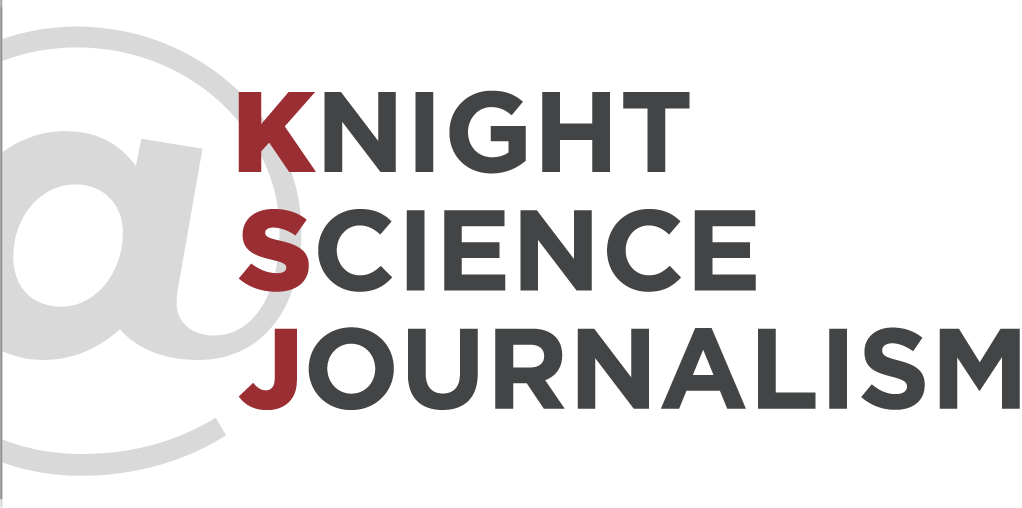The journalist’s peers remember him as a Renaissance man — a curious intellectual, thoughtful conversationalist, and loyal friend.
Alumni Notes: A Former Fellow Leads Nature Africa, a Climate Series Wins Honors, and More
A recurring roundup of news about former Knight Science Journalism Fellows, featuring Federico Kukso’s compendium of what the fellows have been writing.
Alumni Notes: Books, Celebrity Shout-Outs, and a New Magazine in the Middle East
A recurring roundup of news about former Knight Science Journalism Fellows, featuring Federico Kukso’s compendium of what the fellows have been writing.
Alumni Notes: Award News, A Book Deal, and a Look Back at Yugoslav Science
Alumni Notes is a recurring roundup of news about former KSJ Fellows, featuring Federico Kukso’s compendium of what the fellows have been writing.
Alumni Notes: A Tribeca Debut, A Children’s Literature Award, and More
A recurring roundup of news about former Knight Science Journalism Fellows, featuring Federico Kukso’s compendium of what the fellows have been writing.
Alumni Notes: An Award Haul, A Pandemic Exposé, and a New Head at SEJ
A recurring roundup of news about former Knight Science Journalism Fellows, featuring Federico Kukso’s compendium of what the fellows have been writing.


 "
"